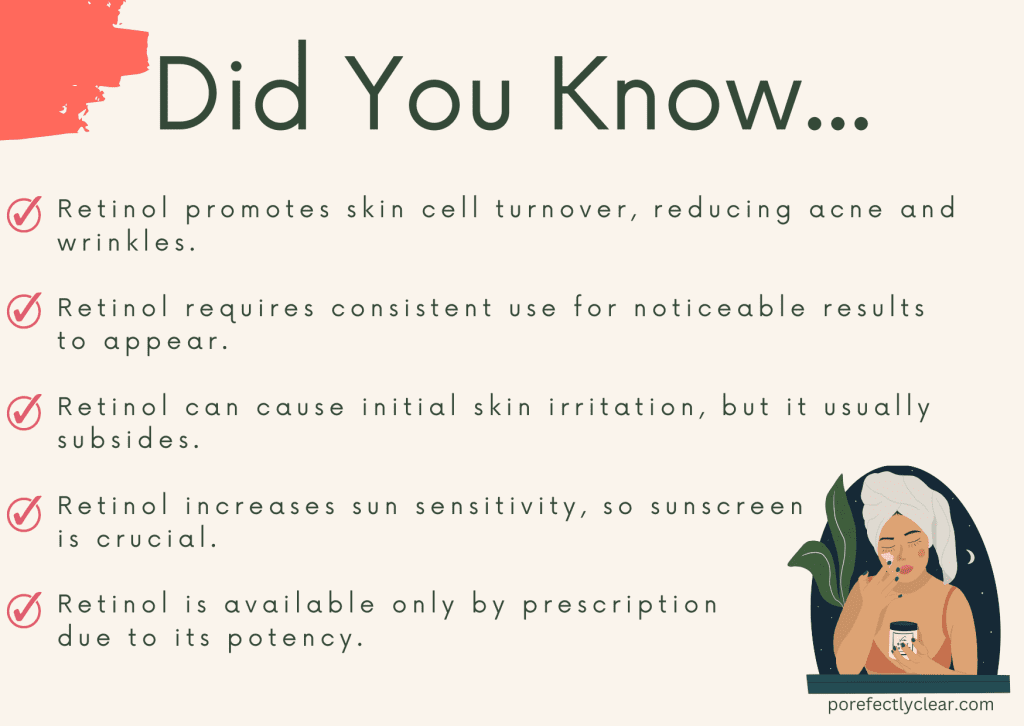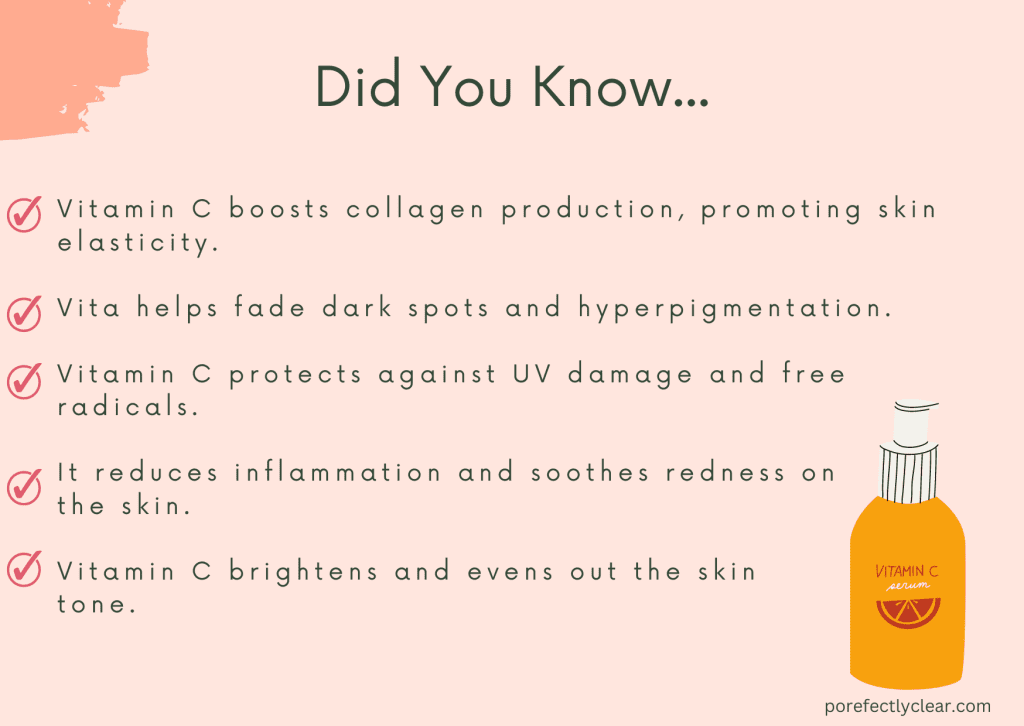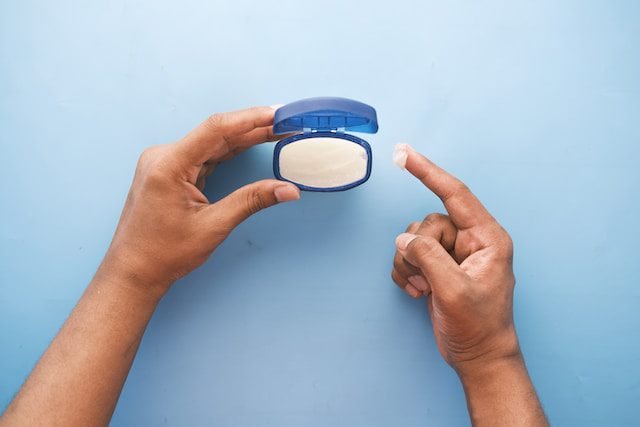Tretinoin is a popular topical medication that is commonly used to treat acne and fine lines. However, many people wonder if it can be used under the eyes to treat dark circles and wrinkles. It is generally not advised because the skin under your eyes is very delicate.
Tretinoin is a potent medication that can easily irritate sensitive skin. Therefore, it is important to be careful when applying it to thin skin areas, especially around the eyes. If you must use it under the eyes, it should only be used under the guidance of a professional.

How Tretinoin Affects The Eye Area
When it comes to using tretinoin under the eyes, there are a few things to keep in mind. The skin around the eyes is delicate and sensitive, which means that it can be more prone to irritation and dryness. This is why it is important to take serious caution if you want to use tretinoin under the eyes, best under the guidance of a dermatologist.
Tretinoin travels within the skin so when applying it to your face, you need not apply it directly under your eyes as some of it will move anyway. When using tretinoin, it is important to start with a low concentration and gradually increase as your skin becomes accustomed to the medication.
It is also important to use a moisturizer to help prevent dryness and irritation. If you experience any redness, peeling, or other signs of irritation, it is important to stop using tretinoin and consult with your dermatologist.
Can Tretinoin Be Used Under Eyes
While tretinoin can be used under the eyes for dark circles and wrinkles, it is important to use it carefully and follow your doctor’s instructions. Applying too much tretinoin or using it too often can cause skin irritation, redness, and peeling.
To use tretinoin under your eyes, start by washing your face with a gentle cleanser and patting it dry. Apply a small amount of tretinoin cream or gel to your fingertips and gently dab it onto the beginning of your cheekbone, being careful not to get it too close to your eyes.
It is important to avoid using tretinoin on the eyelids or directly on the eye itself, as this can cause irritation and potentially serious problems. If you experience any discomfort or irritation while using tretinoin under your eyes, stop using it immediately.
Be sure to follow your dermatologist’s instructions carefully and avoid using too much or applying it too often.
Potential Side Effects
When using tretinoin under the eyes, there are potential risks and side effects to be aware of. It is important to understand these risks before starting treatment.
Irritation and Dryness
One of the most common side effects of using tretinoin under the eyes is irritation and dryness. This can cause redness, flakiness, and a feeling of tightness in the skin. In some cases, it may even cause itching or burning.
To minimize these side effects, it is important to start with a low concentration of tretinoin and gradually increase it over time. You may also want to mix the tretinoin with a moisturizer to help reduce dryness and irritation.
Increased Sun Sensitivity
Another potential side effect of using tretinoin under the eyes is increased sun sensitivity. This is because tretinoin can thin the skin and make it more vulnerable to damage from the sun.
To avoid this, it is important to wear sunscreen with a high SPF when using tretinoin under the eyes. You may also want to wear a hat or sunglasses to provide additional protection.
Overall, while tretinoin can be an effective treatment for under-eye circles and wrinkles, it is important to be aware of the potential risks and side effects. By taking the necessary precautions and starting with a low concentration, you can minimize these risks and enjoy the benefits of tretinoin treatment.
Alternatives to Using Tretinoin Under Eyes
While tretinoin is a potent ingredient for treating wrinkles and fine lines, it may not be the best option for the delicate skin under your eyes. Fortunately, there are several alternatives to using tretinoin under your eyes that can still provide similar benefits.
Recommended read: Best Korean Under Eye Patches For Plumpiness
Retinol
Retinol is a milder form of vitamin A and a popular ingredient in anti-aging skincare products. It works by increasing cell turnover and stimulating collagen production, which can help reduce the appearance of fine lines and wrinkles. While retinol can be used under the eyes, it’s important to choose a product specifically formulated for this area to avoid irritation.

Peptides
Peptides are short chains of amino acids that can help improve skin texture and firmness. They work by stimulating collagen and elastin production, which can help reduce the appearance of fine lines and wrinkles. Peptides are a gentler alternative to tretinoin and can be used safely under the eyes.
Vitamin C
Vitamin C is a powerful antioxidant that can help brighten the skin and reduce the appearance of dark circles. It works by inhibiting the production of melanin, which can cause hyperpigmentation. Vitamin C is a safe and effective alternative to tretinoin for the delicate skin under your eyes.

Hyaluronic Acid
Hyaluronic acid is a natural substance found in the skin that helps retain moisture. It can help plump up the skin and reduce the appearance of fine lines and wrinkles. Hyaluronic acid is a gentle alternative to tretinoin and can be used safely under the eyes.
Conclusion
While tretinoin is a potent ingredient for treating wrinkles and fine lines, it may not be the best option for the delicate skin under your eyes. Retinol, peptides, vitamin C, and hyaluronic acid are all safe and effective alternatives that can provide similar benefits without the risk of irritation.





